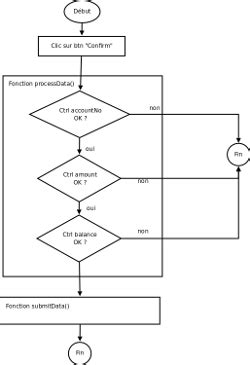Ethereum: Couldn’t the “malleable transaction” attack be thwarted with common sense?
As the popularity of cryptocurrencies and blockchain technology continues to grow, so does the risk of cyberattacks targeting these systems. One such attack is known as a “malleable transaction” or “phishing” attack, which can compromise the security of Ethereum, a leading platform for decentralized applications (dApps) built on the Ethereum blockchain. In this article, we’ll dive deeper into what this type of attack entails and how it could be thwarted with common sense.
What is the malleable transaction attack?
The malleable transaction attack is a form of phishing that exploits the fact that some blockchain transactions can be manipulated or altered without being detected. Specifically, an attacker creates a malicious transaction that looks identical to a legitimate one but has some key differences. These differences include:
- Transaction ID: The transaction ID (txid) is altered to make it look like the transaction is coming from a trusted source.
- Transaction Amount: A small portion of the transaction amount is increased or decreased, making it look like the attacker is attempting to transfer more or less funds than intended.
The malicious transaction is broadcast to the Ethereum network, where other users can execute it. The attack relies on the fact that some transactions are not properly verified and validated before being added to the blockchain. If an attacker can create a malicious transaction with a sufficient chance of success, they can alter or manipulate the transaction without being detected.
Why is common sense enough?
One might wonder why this type of attack would not require more sophisticated security measures, such as advanced cryptographic techniques or secure voting systems. The truth is that malleable transactions are relatively simple to create and execute, making them an easy target for malicious actors.
The reason why common sense can be enough to thwart the “malleable transaction” attack lies in the fact that:
- Network Security: The Ethereum blockchain is designed with a strong focus on decentralization and security. While there are some vulnerabilities, they are usually addressed through updates and patches by the Ethereum team.
- Smart Contract Complexity: Many smart contracts used on the Ethereum network are complex and rely on sophisticated cryptographic techniques to prevent tampering. These contracts are usually created by experienced developers who have implemented multiple layers of security to protect against attacks such as malleable transactions.
- User Error
: The main weakness in this type of attack is user error. If a user is careless or does not properly verify the transaction details, they can fall victim to the attack.
Conclusion

While it is true that common sense can be enough to thwart some types of attacks, the “malleable transaction” attack requires more advanced security measures and a robust network infrastructure. By understanding how this type of attack works and why common sense is enough, we can better protect our Ethereum networks and avoid potential vulnerabilities.
As the use of blockchain technology continues to grow, it is essential for developers, users, and organizations to stay vigilant and take proactive steps to protect their systems. With a solid understanding of security risks and best practices, we can create more resilient and trustworthy ecosystems that are resistant to cyberattacks.
